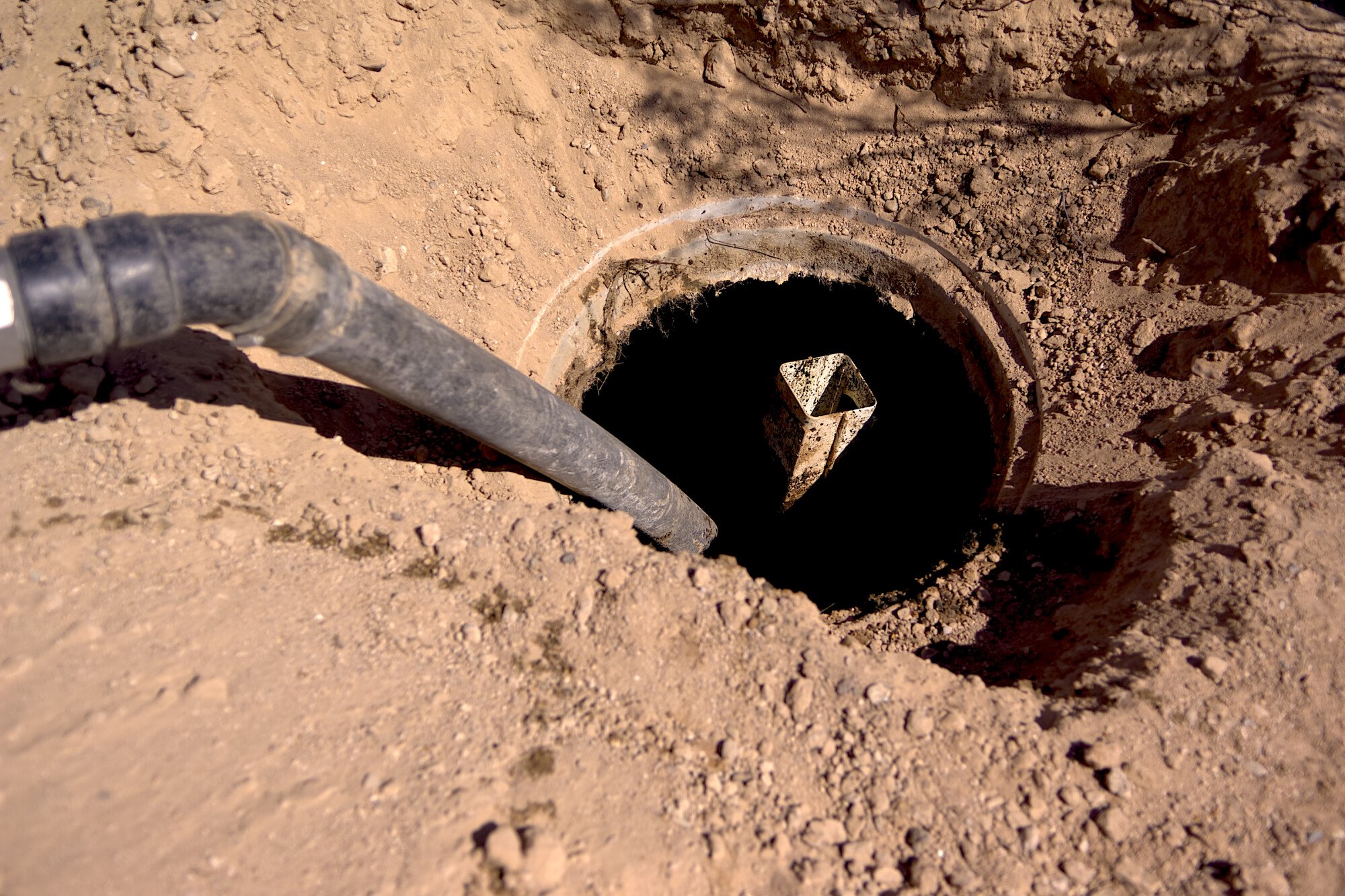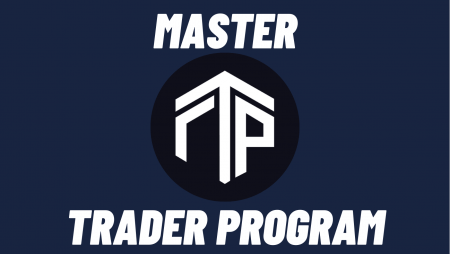Ever wondered what’s happening beneath your backyard? Septic plumbing systems, often out of sight and out of mind, play a crucial role in managing household waste.
Understanding their function and maintenance can save significant stress and expense. This is especially needed for homeowners new to septic systems.
In this guide, we’ll explore the essentials of septic plumbing. This guide is designed to provide all the information you need to keep your septic system running smoothly.
Let’s begin!
Understand the Septic System
A septic system, also known as an on-site sewage facility, is a type of plumbing system that handles and treats household waste from:
- toilets
- sinks
- showers
- other drains
It consists of two main components – a septic tank and a drainfield. The septic tank acts as a large holding tank where solid waste settles at the bottom and grease and oils float to the top. The remaining liquid in the middle layer flows out to the drainfield for further treatment before being released into the ground.
The drainfield is composed of perforated pipes buried underground surrounded by gravel or sand. The wastewater from the septic tank is evenly distributed through these pipes. This allows it to percolate through the surrounding soil, where natural processes can filter and treat it.
Understanding these components is essential in maintaining a healthy septic system. Regular septic tank maintenance and proper usage of your plumbing system are crucial to its longevity and functionality.
Importance of Regular Maintenance
Like any other household appliance, septic systems require regular maintenance to function properly. Neglecting routine maintenance can result in costly repairs or even complete system failure. This causes inconvenience and health hazards for your family and neighbors.
It’s recommended to have a professional inspect your septic system every 1-3 years depending on the size of your household and the size of the tank. They will check for leaks, measure sludge and scum levels, and ensure that all components are functioning correctly.
This will not only prevent common septic issues but also prolong the lifespan of your septic system. From septic tank pumping to drainfield repairs, regular maintenance can save you from expensive and unexpected repairs in the long run.
Proper Usage for a Healthy Septic System
Proper usage of your septic plumbing system is crucial in maintaining its health and functionality. This includes being mindful of what goes into your drains and toilets.
Avoid flushing non-biodegradable items such as paper towels, feminine hygiene products, or wipes down the toilet. These items can clog pipes and cause damage to the septic tank.
Additionally, be careful with what you pour down your drains. Grease, oils, and harsh chemicals should not be disposed of through your sink or drain as they can disrupt the natural processes in the septic system.
Furthermore, try to conserve water by fixing any leaks or using low-flow fixtures. Excessive water usage can overload the system and lead to malfunctions.
Understand the Ins and Outs of Septic Plumbing Systems
Understanding the components and function of a septic system is crucial in maintaining its health and functionality. Regular maintenance and proper usage are key factors in preventing costly repairs and prolonging the lifespan of your septic plumbing system.
By being mindful of what goes into your drains and toilets, you can ensure that your system runs smoothly for years to come. With this guide, you now have all the necessary information to take care of your septic system effectively.
Should you wish to explore more, visit our blog page. We do have more topics!
Keep an eye for more news & updates on Essential Tribune!








